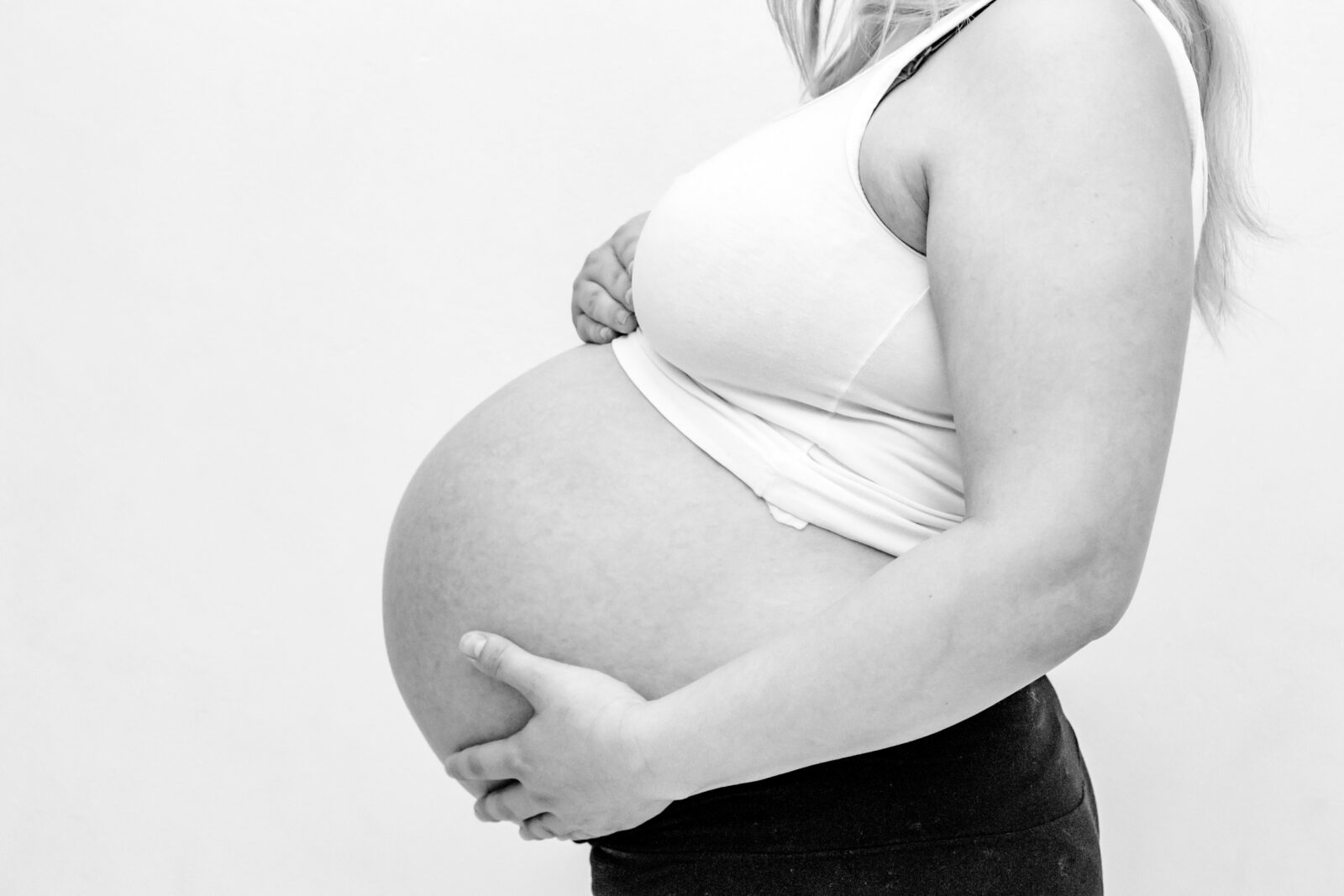Paid maternity and medical leave, as well as sick leave, can assist workers in meeting their personal and family health care needs while still completing their job obligations. Paid leave is especially important for women, who make up roughly half of the workforce and are frequently the primary caregivers for children and aging parents.
In light of the COVID-19 epidemic, government authorities at both the national and municipal levels pay more attention to paid leave.
Sick pay leave can be used to recuperate from a minor accident or sickness, such as a cold, or to attend doctor’s visits. Workers in the private sector are typically given seven days of paid sick leave each year. Employer-paid sick leave benefits are provided by the company according to KFF.org.
Paid household and medical leave typically provide a set number of weeks or months for a worker’s own serious, long-term health condition. It gives six to twelve weeks of completely or partially paid leave each year on average, with no need to accrue time off.
Most workers would be eligible for 12 weeks of paid family and sick leave under legislation now advancing through Congress, removing the United States from the shortlist of nations that do not have such a program.
For up to 12 weeks a year, or up to $4,000 per month, the average worker might get two-thirds of their income restored. During the time off, the lowest-paid workers would keep around 80% of their earnings. Part-time and self-employed workers should also be eligible, based on published news by the CNBC webpage.
Maternal Issues during pandemic
Women’s pregnancy and delivery are taking place in unexpected settings as a result of the COVID-19 outbreak. They looked at the lived experiences of pregnant women during the COVID-19 epidemic in order to better understand their pregnancy and give better assistance according to the Biomed central Website.
Eligible employees can take up to 12 weeks off work following the birth or adoption of a child under the federal Family and Medical Leave Act (FMLA). The law currently allows qualified civilian government employees to take 12 weeks of paid parental leave after welcoming a new child into their family through birth, adoption, or foster care. To be eligible for this benefit, employees must have worked at their current job for at least one year.
Paid bonding time for new parents will be increased to 12 weeks from eight weeks, and pregnancy leave will be covered as a short-term disability for birth moms.
Read More:
New York’s Rent Prices Rising, Housing Supply Decreases
Teasing Master Takagi-San: Season 3 Released on January 2022














Leave a Reply